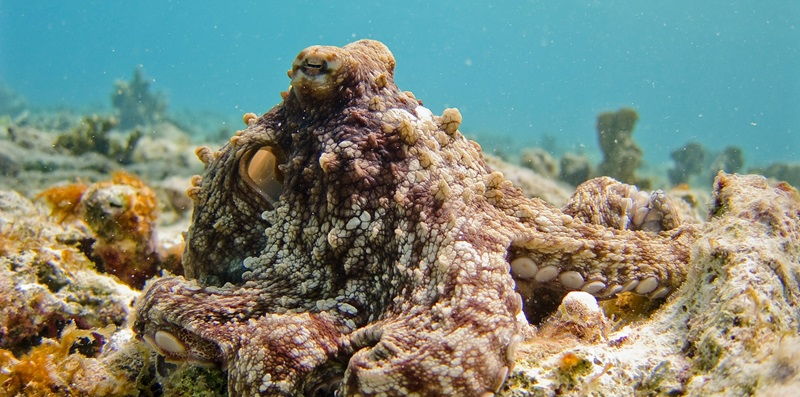In an exciting development in the field of paleobiology, scientists from the Mechanical Engineering Department at Carnegie Mellon University have partnered with paleontologists from Spain and Poland to create a flexible robotic emulation of pleurocystitids, an ancient marine creature that thrived around 450 million years ago. This collaboration aims to broaden our understanding of animal design and locomotion through the incorporation of Soft robotics, a cutting-edge technology that mimics biological systems.
Background
The use of Softbotics opens up new possibilities for studying biological systems by replicating their functionality. The researchers’ goal is to bring ancient organisms “back to life” in a sense, in order to understand how they operated. Pleurocystitids, the focus of their study, were intriguing creatures that existed millions of years ago and possessed unique locomotion mechanisms.
Design and Construction
To recreate the pleurocystitids, the team turned to the fossils as their guide. By utilizing the fossil data as a blueprint, they employed a combination of 3D printed components and polymers to replicate the pliable, columnar structure of the organism’s mobile appendages in constructing the robot. This approach allowed for a faithful emulation of the pleurocystitids’ physical characteristics.
In order to understand how pleurocystitids moved through their environment, the researchers conducted a series of experiments. Their findings revealed that these ancient creatures likely navigated the seafloor by employing a stem-like structure that propelled them forward. Additionally, through their investigations, they determined that broad, sweeping movements represented the most efficient mode of motion for pleurocystitids.
Enhancing Speed
Interestingly, the researchers observed that elongating the stem significantly enhanced the creature’s speed without requiring a greater expenditure of energy. This particular discovery has far-reaching implications for the understanding of pleurocystitids’ locomotion and sheds light on how they adapted to their environment and survived.
Surface Influence on Locomotion
One of the most intriguing questions that still remains unanswered regarding pleurocystitids is the influence of the type of surface they inhabited on their method of locomotion. Did pleurocystitids encounter different challenges when moving through sand compared to when moving through mud? This unanswered inquiry warrants further investigation and could provide valuable insights into the adaptability and versatility of these ancient creatures.
Future Research
With the successful application of Softbotics in recreating extinct organisms like pleurocystitids, the scientific team is motivated to delve deeper into the study of other extinct creatures. They aspire to explore the locomotion mechanisms of the earliest organisms capable of transitioning from the sea to the land, further widening our understanding of the evolutionary history between marine and terrestrial life forms.
Bringing to life something that existed nearly 500 million years ago is an exhilarating feat. However, what truly excites the scientists is the wealth of knowledge and understanding they stand to gain from this breakthrough. By leveraging Softbotics and utilizing fossil findings, researchers have constructed a robotic emulation of pleurocystitids that demonstrates their unique locomotion strategies. This technological advancement paves the way for further exploration and provides invaluable insights into the complexities of ancient organisms. With continued research and the application of paleobionics, we are poised to uncover even more secrets from the depths of Earth’s history.

